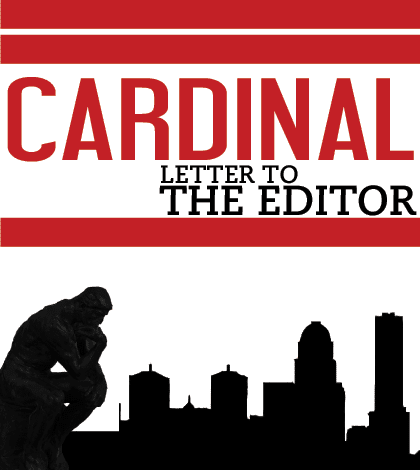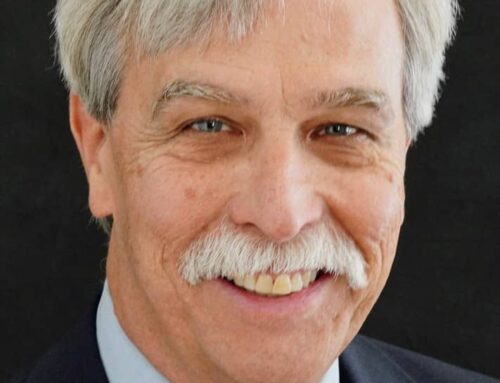Jesper Christensen-
With the cartoons from “Charlie Hebdo”, the Cardinal acknowledges the butchered artists and editors, whose humor and wit so outraged some fanatics. Moreover, the Cardinal’s choice widens the circle of papers that are open to contentious satire, easing the pressure on those few that have been the lightning rods for violent extremism.
Mainstream papers depend too heavily on advertising income to accept contentious issues–even as humorous cartoons. Officially, the media will rather downplay their economic motive and stress their respect for the beliefs of others, a position that is inherently phony, because, as the Cardinal points out, one person’s right to print an opinion is another person’s right to ignore it.
Because mainstream media refuse to publish the disputed cartoons, the US has not had a serious debate about the limits and prerogatives of satire: what is hateful and what is fair? When you don’t know the actual images, you can’t question the repeated claim that they are insulting. Just yesterday, I heard of a rumor to the effect that the drawing on the “Je suis Charlie” cover of “Charlie Hebdo” made the Prophet look like a penis! Well, the Cardinal allows us to look at the drawing in question and see for ourselves, that the supposed insult is nonsensical.
Ten years ago, the world-wide uproar over the original, Danish “Muhammad Cartoons” was widely seen as justifiable outrage over a thoughtless provocation. As a Dane, however, I had to wonder how all this violence could come out of an article in a provincial newspaper, published in my diminutive and little-known home country, in a language that very few may ever read. Today, it is known, that the seemingly spontaneous, righteous reactions were carefully orchestrated; that a couple of Danish imams (who later repented in public) traveled to the Near East and agitated for demonstrations; that some governments welcomed the occasion; that religious leaders fanned the flames.
Ten years later, mainstream media continue the simplistic narrative about the provocative cartoonists and the hurt believers, a point of view that is possible only because the actual cartoons remain off limits and the nuanced opinions they conveyed remain unknown. Actually,among a dozen responses to the newspaper’s (Jyllands Posten’s) request for drawings of the Prophet, only a couple came out critical of Islamic extremism, most were neutral or defensive with respect to religion, some were openly positive toward Arabs and Muslims, and one was even expressly critical of Jyllands Posten’s project.
However, as the evidence was withheld, all nuance was lost. So, the drawing of the bomb-in-the-turban came to stand for the whole batch, and the pseudo-official condemnation of that drawing as aggressive became the final word on the matter (never mind that even this drawing was fundamentally pacifistic).
A lot can be said against unnecessary acts of provocation, but it is hard to deny that a war on cartoons is better than a real war, and that humor in debates is preferable to deadly earnest. It would be a great loss if religious iconoclasts were allowed to enforce their views on the rest of the world.






